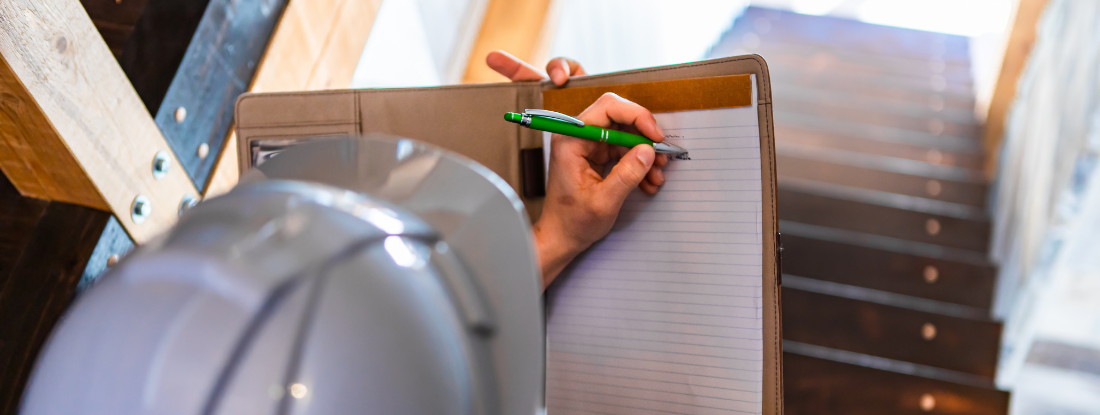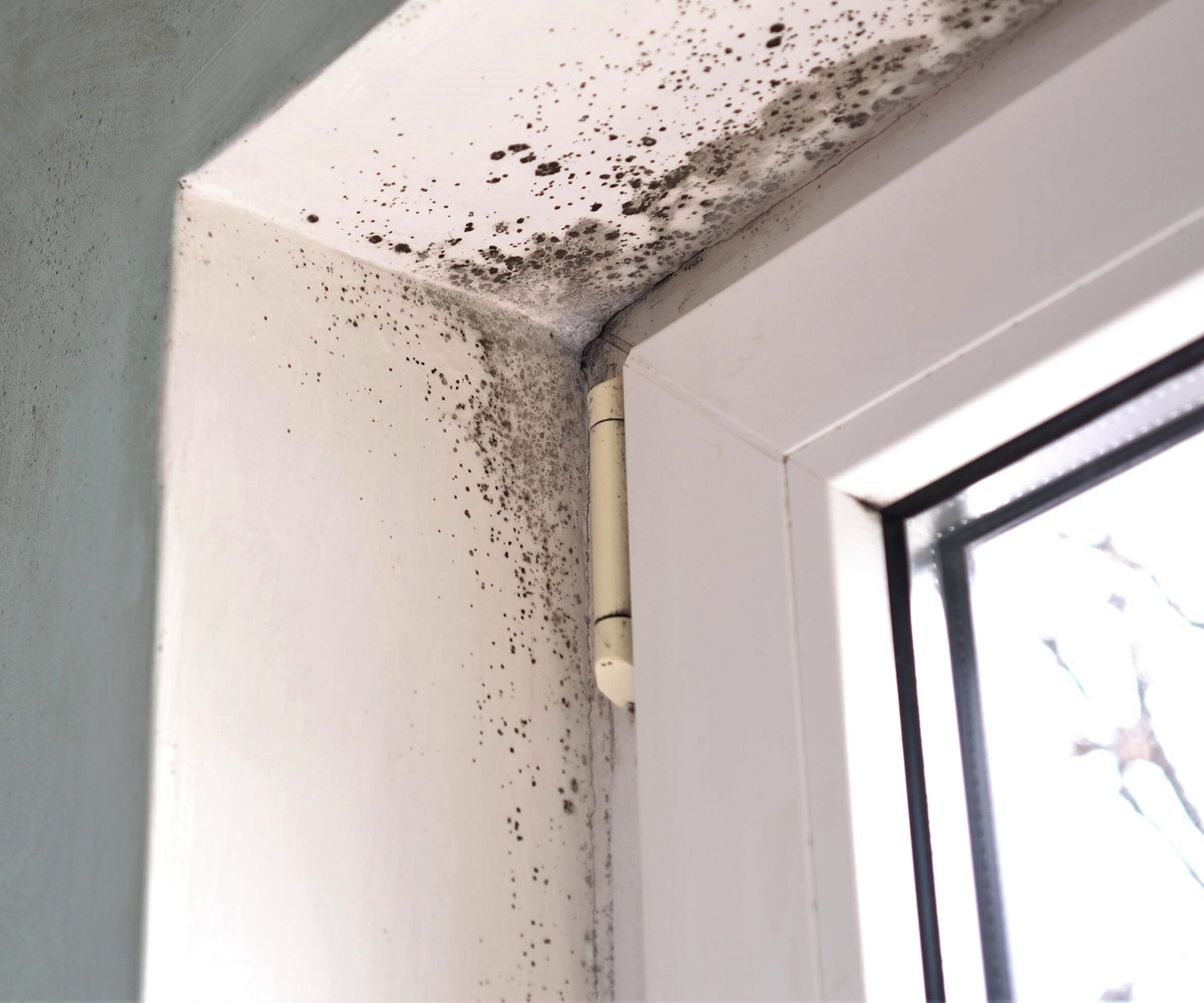Crafting a Thorough Post Mold Remediation Report
Your Ultimate Overview to Blog Post Mold Removal Strategies
In the after-effects of mold invasion, recognizing how to successfully eradicate the mold and mildew and stop its reoccurrence is critical for keeping a healthy and balanced interior environment. From choosing the appropriate cleaning and sanitizing approaches to implementing approaches for long-term mold avoidance, each action in the remediation trip plays an important duty in guaranteeing a successful end result.
Recognizing Post-Mold Remediation Process
After completing the mold remediation procedure, it is crucial to understand the post-mold removal techniques that are needed to make sure a reliable and complete clean-up. When the mold has been removed, the following action entails cleansing and sanitizing the impacted areas to stop any type of regrowth of mold. This consists of making use of specialized cleansing representatives to clean down surfaces and kill any kind of continuing to be mold and mildew spores. It is vital to dry out the location totally to dissuade the growth of mold in the future (what to do after mold remediation). Appropriate ventilation and dehumidification can aid in this procedure.
Moreover, conducting a last inspection post-remediation is crucial to ensure that all mold has actually been successfully removed. This inspection must include a comprehensive visual check as well as potentially air sampling to validate the lack of mold spores in the air. If the inspection discloses any kind of lingering mold, extra removal might be essential. Enlightening occupants on preventive measures such as controlling moisture degrees and immediately resolving any kind of water leakages can aid preserve a mold-free environment.
Effective Cleansing and Decontaminating Techniques

Protecting Against Future Mold And Mildew Development

Relevance of Appropriate Ventilation
Correct ventilation plays a vital role in protecting against wetness build-up, a crucial consider mold and mildew growth within interior environments. Reliable ventilation systems aid remove excess moisture from the air, minimizing the chances of mold and mildew spores finding the dampness they need to germinate and spread out. Without ample ventilation, interior areas can become a breeding place for mold, leading to prospective health threats and structural damages.
By making sure proper air go to my blog blood circulation, ventilation systems can additionally help in drying out moist areas faster after water damages or flooding events, additionally deterring mold and mildew development. Post Mold Remediation. Precede like bathrooms, attic rooms, kitchen areas, and cellars where dampness degrees often tend to be greater, mounting and keeping reliable air flow systems is essential in stopping mold invasions

Monitoring and Upkeep Tips
Offered the vital function that appropriate ventilation plays in stopping mold and mildew growth, it is critical to develop reliable surveillance and maintenance ideas to make certain the ongoing performance of ventilation systems. Regular examinations of ventilation systems must be performed to look for any kind of signs of clogs, leakages, or breakdowns that could impede appropriate airflow. Surveillance humidity levels within the property is also crucial, as high humidity can add to mold development. Mounting a hygrometer can help track moisture levels and alert homeowners to any kind of spikes that might require focus. Additionally, guaranteeing that air filters are on a regular basis cleaned or changed is necessary for keeping the performance of the air flow system. Implementing a routine for routine maintenance jobs, such as duct cleaning and heating and cooling system evaluations, can help prevent concerns prior to they rise. By remaining aggressive and alert to the condition of air flow systems, residential or commercial property owners can successfully reduce the risk of mold regrowth and preserve a healthy and my company balanced indoor environment.
Conclusion
Finally, post-mold removal strategies are crucial for making certain a tidy and risk-free setting. Comprehending the process, implementing efficient cleansing and decontaminating techniques, preventing future mold and mildew growth, maintaining correct ventilation, and normal tracking are all essential steps in the removal process. By adhering to these standards, you can successfully remove mold and stop its return, promoting a healthy and balanced living or working space for all owners.
In the after-effects of mold invasion, knowing exactly how to effectively get rid of the mold and avoid its reoccurrence is paramount for preserving a healthy and balanced indoor setting. Once the mold and mildew has actually been removed, the following action includes cleansing and disinfecting the impacted locations to prevent any type of regrowth of mold and mildew - Post Remediation verification. After getting rid of visible mold development, it is essential to clean up all surface areas in the affected location to remove any type of staying mold and mildew spores. To further improve mold avoidance actions, it is important to attend to underlying concerns that initially led to mold advancement.Given the important role that proper ventilation plays in stopping mold and mildew development, it is critical to establish efficient surveillance and maintenance suggestions to make sure the ongoing capability of ventilation systems